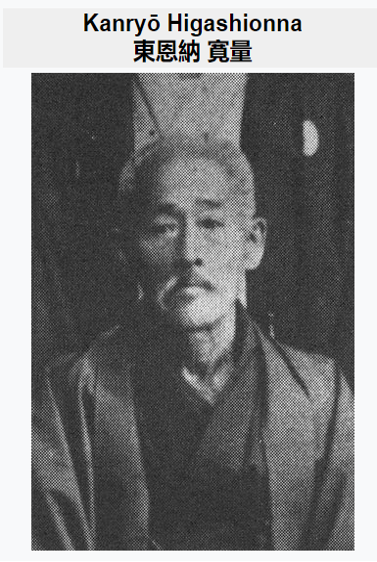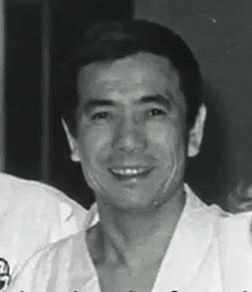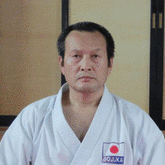
The Kempo Hakku
The Kempo Hakku is a poem from the Chinese text, The Bubishi.
Around 1930 Master Chojun Miyagi Sensei named his form of “Te” as Goju-ryu from the 3rd line in this poem.
The thoughts contained form the basic 8 concepts of Goju-ryu.
The Eight Laws of The Fist
1. 人心同天地
(JINSHIN WA TENCHI NI ONAJI)
The mind is one with heaven and earth.
2. 血脈似日月
(KETSUMYAKU WA NICHIGETSU NI NITARI)
The circulatory rhythm of the body is similar to the cycle of the sun and the moon.
3. 法剛柔吞吐
(HO WA GOJU WO TONDO SU)
The way of inhaling and exhaling is both hardness and softness.
4. 身随时應變
(MI WA TOKI NI SHITA GAL HEN NI OZU)
Act in accordance with time and change.
5. 手逢空则入
(TE WA KU NI AI SUNAWA CHI HAIRU)
Technique will occur in the absence of conscious thought.
6. 碼進退离逢
(SHINTAI WA HAKARITE RIHO SU)
The feet must advance and retreat, separate and meet
7. 目要視四向
(ME WA SHIHO WO MIRU WO YOSU)
The eyes do not miss even the slightest change.
8. 耳能聴八方
(MIMI WA YOKU HAPPO WO KIKU)
The ears listen well in all directions.





